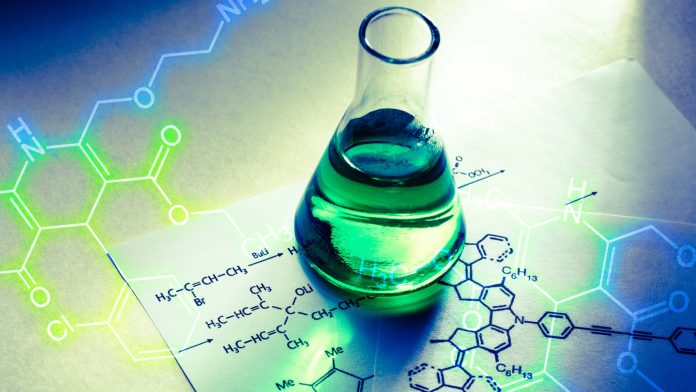Green Chemistry is a revolutionary field that aims to redesign traditional chemical processes and develop new, eco-friendly synthesis methods. It seeks to minimize the environmental impact, reduce waste, and create sustainable practices within the chemical industry. This article delves into the heart of Green Chemistry, exploring its guiding principles, innovative approaches, and the significant role it plays in environmental conservation.
1. Defining Green Chemistry
Green Chemistry, also known as sustainable chemistry, is a scientific discipline focusing on the development of products and processes that minimize the use and generation of hazardous substances. It’s a proactive approach to environmental protection, emphasizing the design of materials and processes that are inherently non-toxic and sustainable.
2. Twelve Principles of Green Chemistry
Formulated by chemists Paul Anastas and John Warner, the Twelve Principles of Green Chemistry serve as the foundation of this field. These principles encourage the design of products and processes that minimize environmental impact and hazardous outputs, optimize the use of renewable resources, and enhance energy efficiency.
3. Innovation in Eco-Friendly Synthesis
Research and innovation are driving forces behind Green Chemistry. Scientists are constantly exploring new pathways for eco-friendly synthesis, utilizing renewable feedstocks, developing energy-efficient processes, and designing safer chemicals that reduce toxicity and environmental harm.
4. Reducing Waste and By-products
One of the fundamental goals of Green Chemistry is waste reduction. By rethinking chemical reactions and designing efficient processes, scientists aim to minimize the generation of by-products and waste, thereby reducing the burden on the environment and human health.
5. Energy Efficiency and Renewable Resources
Green Chemistry advocates for the utilization of renewable resources and the development of energy-efficient processes. The transition from fossil fuels to renewable energy sources like solar and wind is instrumental in reducing carbon emissions and mitigating climate change.
6. Safer Chemical Design
Designing chemicals that are inherently safer for human health and the environment is a core principle of Green Chemistry. This involves reducing the toxicity of substances, eliminating hazardous materials, and developing alternatives that are biodegradable and environmentally benign.
7. Economic Viability and Industry Adoption
For Green Chemistry to make a substantial impact, it needs to be economically viable and widely adopted by the chemical industry. Encouragingly, many companies are recognizing the value of sustainable practices, investing in green technologies, and reaping the benefits of cost savings and enhanced brand image.
8. Catalysis and Green Chemistry
Catalysis plays a significant role in Green Chemistry, enabling reactions to occur under milder conditions, with higher selectivity and reduced waste. The development of new and efficient catalysts is essential in advancing eco-friendly synthesis and promoting sustainability.
9. Education and Advocacy
Educating the next generation of scientists, policymakers, and the general public about Green Chemistry is vital in fostering a culture of sustainability. Advocacy efforts are crucial in promoting awareness, influencing legislation, and driving the adoption of green practices across sectors.
10. The Future of Green Chemistry
The future of Green Chemistry is promising, with continuous advancements in technology and growing awareness of environmental issues. The quest for eco-friendly synthesis is ongoing, with scientists exploring untapped potentials, industries adopting sustainable practices, and communities reaping the benefits of a cleaner, greener world.
Conclusion
Green Chemistry represents a paradigm shift in the chemical industry, guiding the quest for eco-friendly synthesis and sustainable practices. Through innovation, education, and advocacy, it is steadily transforming the way we approach chemical processes, design products, and perceive our relationship with the environment. As we continue to embrace the principles of Green Chemistry, we are not only safeguarding our planet but also paving the way for a sustainable and prosperous future for generations to come.
Tags:
#GreenChemistry #EcoFriendlySynthesis #SustainablePractices #ChemicalProcesses #EnvironmentalImpact #SustainableInnovation #ChemicalIndustry #EcoFriendlySolutions











